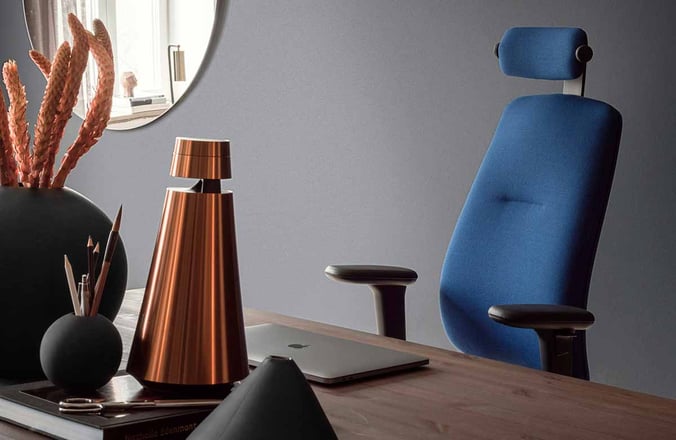With the global spread of Covid-19, hygiene measures and bacteria control have never been more important. This guide offers recommendations on how to clean and disinfect fabrics to reduce the risk of infection and minimise the spread of the virus.
How to handle contaminated furniture
If you are concerned about potential contamination of furniture with Covid-19, please follow the recommendations below:
- Always comply with local government guidelines
- Do not use the furniture for at least 48 hours and/or disinfect the fabric
Do not use the furniture
Research indicates that the virus that causes Covid-19 is viable on surfaces for up to 48 hours in a normal and dry indoor environment. The exact life span of the coronavirus on surfaces is, however, still a matter of debate, and local authorities provide different answers. Consequently, we advise you to check and follow local government guidelines in your country, state or region.
Disinfect the furniture
Gabriel offers the following recommendations on how to clean contaminated furniture fabrics and how to prevent virus and bacteria:
Polyester fabrics
-
Disinfect polyester fabrics with ethanol to effectively destroy virus and bacteria.
-
Clean and wash polyester fabrics with soap and water
-
To eliminate virus and bacteria, the majority of polyester fabrics are washable at 74 Celsius/165.2 F.
Wool fabrics
-
In case of contamination, furniture upholstered with wool fabrics should preferably be left unused for a minimum of 48 hours. If this is not an option, wool fabrics can be disinfected with ethanol. Disinfecting wool fabrics with ethanol will, however, strip the wool of lanolin and may cause colour changes and reduce the lifetime of the fabric. Consequently, this method should only be applied if there are no other alternatives.
Please note, that the above recommendations are not health authority guidelines.
Antibacterial agents
Authorities including the Danish health authorities SSI - Statens Serum Institut - advice against fabrics treated with antibacterial agents, as the use of antibacterial agents may lead to an increase in the occurrence of multi-resistant bacteria.
At Gabriel, we are committed to protecting the environment and the health and safety of consumers, and consequently, we do not recommend standard antibacterial and anti-viral agents for upholstery fabrics.
The effects of the agents are uncertain, and they are likely to offer no more than a false sense of security.
In addition, the antibacterial and anti-viral agents contain hazardous substances such as for example silver ions with adverse environmental impacts. Silver ions are washed out, end up in wastewater treatment plants and eventually contaminate the environment. Moreover, antibacterial treatments have a negative impact on the health and safety of work environments.
Thanks to one of our fabric partners Gabriel Fabrics for sharing this information with us.

